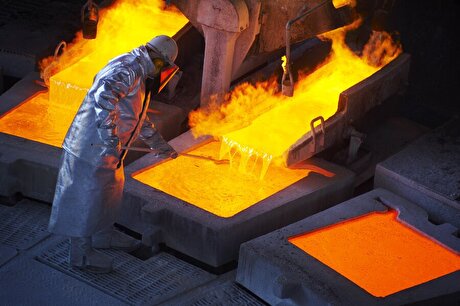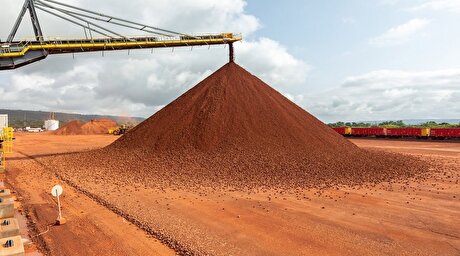
Commentary: Gold sector fragmentation hurts investors
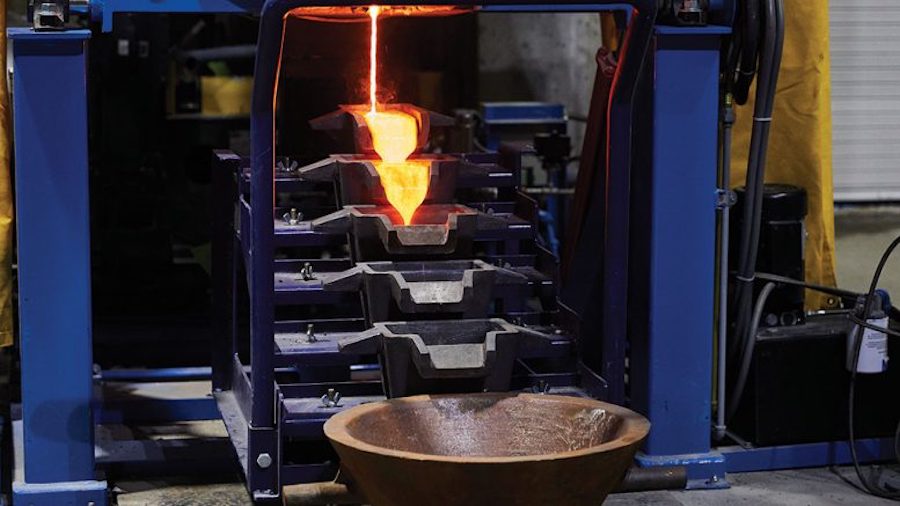
Technical talent seems to be spread thin, too. An internal Resource Capital Fund study earlier this year reported that 107 mining projects that went from feasibility study through to construction were 38% over budget, on average, which indicates poor planning and engineering that could have been alleviated with more talent, and experienced engineers and planners.
The greatest potential for synergy and value creation rests among the large number of single-asset companies. Historically, such companies were merger and/or acquisition (M&A) targets for larger producers. However, producers have become reluctant to pursue M&A because:
The greatest potential for synergy and value creation rests among the large number of single-asset companies. Historically, such companies were merger and/or acquisition (M&A) targets for larger producers. However, producers have become reluctant to pursue M&A because:
Investors have soured on M&A as many companies overpaid for acquisitions in the past
It is difficult to know all of the risks contained in a target company
The strategic focus of most producers has shifted from growth through acquisitions to organic opportunities
Many majors are looking to sell non-core assets
Deals done at a premium bring arbitrageurs that substantially drive down the share price of the acquirer
Much of the share register winds up with arbitrageurs, which churns in the market for months
Valuations are low across the sector
The lack of M&A has resulted in an abundance of single-asset companies. An investment manager may now have a gold portfolio, for example, of 20 single-asset developers and five single-asset producers. These are the companies that are providing many new mine developments across the sector. When investing in a development company, shareholders expect to benefit when the company either gets acquired at a premium or when it takes its project to production. In this M&A environment, developers must plan on becoming mine builders and operators. Once a developer becomes a producer, we expect it to have its next project in view in order to grow into a mid-tier, multi-mine company.
An efficient way of unlocking the latent value of one-property companies is through a merger of equals. The benefits of creating larger multi-property companies include:
Deeper technical talent that is fungible across operations
Geopolitical risk that is spread across jurisdictions
Procurement scale that enables better pricing for materials and equipment
Reduced general and administrative costs
Cheaper access to capital
Ability to attract larger institutional investors
More opportunities to create value
Consolidation of single-asset companies to form larger multi-mine companies can unlock these benefits, and the shift in valuation has great potential. For example, let’s create a hypothetical “Mergco” with three companies that are currently single-asset: Detour Gold, Pretium Resources and Sabina Gold & Silver. According to their September 2019 corporate presentations, Detour and Pretium combined produce roughly 1.1 million oz. gold per year from their two mines, while Sabina has a shovel-ready project that could produce over 200,000 oz. per year. All are large projects in Canada with long mine lives. Mergco would have a combined $5.2-billion market capitalization, and, using RBC Capital Markets valuations, trade at a weighted average price/net asset value (P/NAV) of 0.83X.
Contrast this with Kirkland Lake Gold, which, according to its September 2019 company reports, also has roughly 1 million oz. of production, mainly from two mines in the safe jurisdictions of Canada and Australia. Kirkland has several exploration and development projects that may bring future growth. It has a $9.4-billion market capitalization and trades at a P/NAV of 1.92X. With good management and the advantages of larger scale, Mergco could achieve a valuation that should be closer to Kirkland’s. In a merger of equals, Mergco’s share price would have to increase 131% to match Kirkland’s P/NAV valuation. Achieving a re-rating of just half of this would still be a windfall to Mergco’s shareholders. In addition, a merger without premiums would reduce arbitrageur positioning — potentially freeing the stock to trade higher.
There are many combinations of single-asset companies around the world that would benefit from such consolidation, so why have we not seen such combinations?
Management adherence to the old M&A model, hoping to sell the company at a premium
Lack of vision amongst managements, boards and shareholders to achieve such an M&A outcome
Entrenched management protecting their jobs
Boards with no desire to maximize value for shareholders
It is time for single-asset gold companies and their shareholders to reconsider the M&A landscape and adapt new strategies that will build the mid-tiers and majors of the future.
— Joe Foster is a New York-based portfolio manager and gold strategist with VanEck.


Trump weighs using $2 billion in CHIPS Act funding for critical minerals

Electra converts debt, launches $30M raise to jumpstart stalled cobalt refinery

Codelco cuts 2025 copper forecast after El Teniente mine collapse

Barrick’s Reko Diq in line for $410M ADB backing

Abcourt readies Sleeping Giant mill to pour first gold since 2014
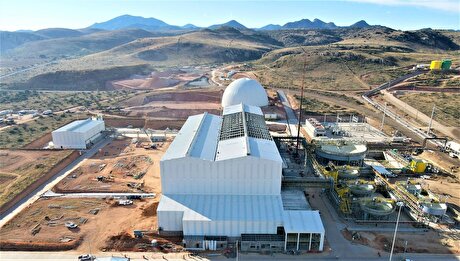
Pan American locks in $2.1B takeover of MAG Silver

Viridis unveils 200Mt initial reserve for Brazil rare earth project

SQM boosts lithium supply plans as prices flick higher

Nevada army depot to serve as base for first US strategic minerals stockpile
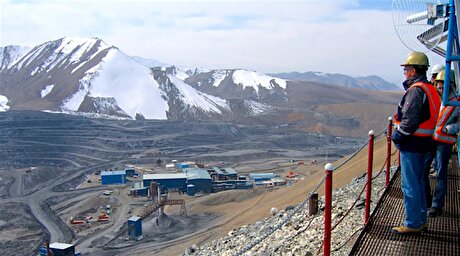
Kyrgyzstan kicks off underground gold mining at Kumtor
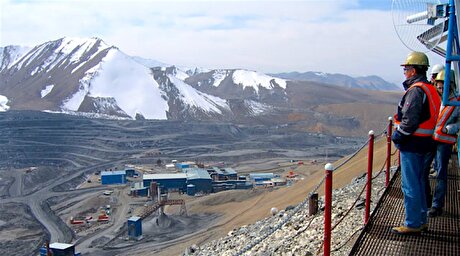
Kyrgyzstan kicks off underground gold mining at Kumtor

KoBold Metals granted lithium exploration rights in Congo
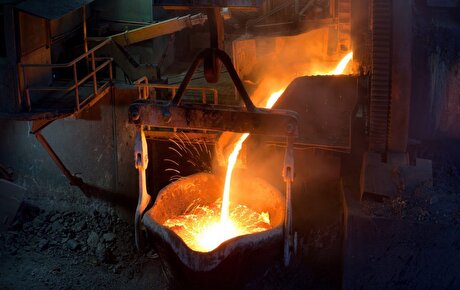
Freeport Indonesia to wrap up Gresik plant repairs by early September
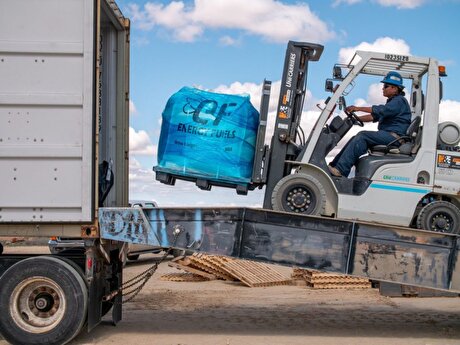
Energy Fuels soars on Vulcan Elements partnership

Northern Dynasty sticks to proposal in battle to lift Pebble mine veto

Giustra-backed mining firm teams up with informal miners in Colombia

Critical Metals signs agreement to supply rare earth to US government-funded facility

China extends rare earth controls to imported material
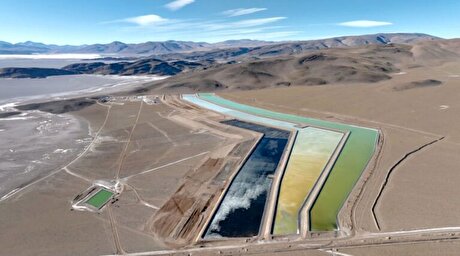
Galan Lithium proceeds with $13M financing for Argentina project

Kyrgyzstan kicks off underground gold mining at Kumtor

Freeport Indonesia to wrap up Gresik plant repairs by early September

Energy Fuels soars on Vulcan Elements partnership

Northern Dynasty sticks to proposal in battle to lift Pebble mine veto

Giustra-backed mining firm teams up with informal miners in Colombia

Critical Metals signs agreement to supply rare earth to US government-funded facility

China extends rare earth controls to imported material

Galan Lithium proceeds with $13M financing for Argentina project

Silver price touches $39 as market weighs rate cut outlook

